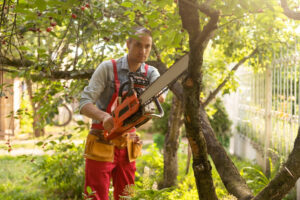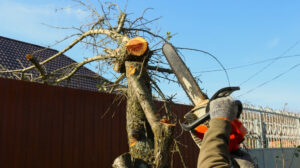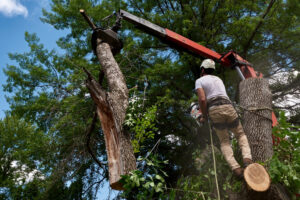Safely Navigate Emergency Tree Trimming: A Post-Storm Guide
In the aftermath of a ferocious storm, the once serene landscape of your yard can transform into a chaotic tableau, strewn with fallen trees and scattered branches. Amidst this turmoil, emergency tree trimming emerges as a vital endeavor, not only to restore aesthetic appeal but primarily to ensure safety and prevent potential property damage. However, delving into this task demands meticulous preparation and a keen understanding of safety protocols. In this comprehensive guide, we delve into the intricate process of emergency tree trimming after a storm, elucidating safety measures, step-by-step procedures, and post-trimming care essentials in meticulous detail.
Safety Precautions
Before embarking on any tree-trimming expedition, prioritizing safety is paramount. Equip yourself with an array of protective gear, including sturdy gloves to shield your hands from splinters and abrasions, goggles to safeguard your eyes from airborne debris, and robust footwear to maintain secure footing on potentially treacherous terrain. Additionally, if the tree in question looms large or is perilously situated near power lines, exercising prudence by engaging the services of a professional tree care provider is highly advisable.
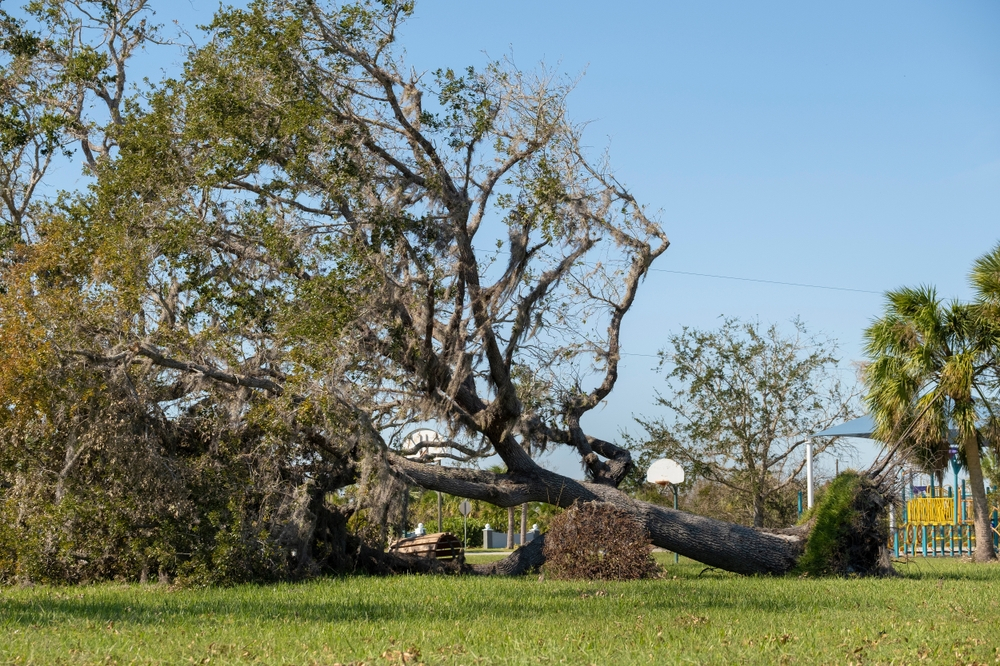
Steps for Emergency Tree Trimming
- Assessing the Situation: Embark on the tree-trimming endeavor by conducting a thorough assessment of the situation, meticulously scrutinizing the tree and its immediate surroundings. Pay close attention to any obscured hazards lurking amidst the debris, such as entangled wires or structural elements concealed beneath fallen branches. By fostering a comprehensive understanding of the prevailing conditions, you can effectively strategize and mitigate potential risks before commencing the trimming process.
- Gathering Necessary Tools and Equipment: Prior to initiating the tree trimming process, assemble a comprehensive array of tools and equipment essential for the task at hand. Ensure your inventory includes a reliable chainsaw equipped with a sharp and well-lubricated blade, hand pruners capable of delicately trimming smaller branches, sturdy loppers for tackling thicker foliage, and a durable ladder facilitating access to elevated branches. Thoroughly inspect each tool to verify optimal functionality, preempting potential operational setbacks and ensuring seamless progress throughout the trimming endeavor.
- Creating a Plan of Action: Craft a meticulous plan delineating the sequential approach to branch removal, strategically prioritizing the elimination of larger and more substantial branches before addressing smaller foliage. By methodically charting the course of action, you can optimize operational efficiency and minimize the risk of uncontrolled branch descents, thereby averting potential property damage or personal injury. Embrace adaptability and preparedness to accommodate unforeseen contingencies, ensuring a fluid and responsive approach to emergency tree trimming endeavors.
- Starting Trimming from the Top Down: Initiate the trimming process with deliberate precision, addressing branches from the uppermost reaches of the tree and systematically working your way downward. By adopting this top-down approach, you can effectively manage the descent of trimmed branches, mitigating the risk of uncontrolled falls and safeguarding against inadvertent property damage or bodily harm. Exercise caution and attentiveness throughout the trimming endeavor, remaining vigilant for signs of structural instability or unforeseen hazards that may necessitate adjustments to the established plan of action.
- Disposing of Debris Properly: Upon completing the trimming process, conscientiously collect and dispose of trimmed branches in accordance with local regulations and environmental guidelines. Exercise discretion in selecting disposal methods of tress, opting to either haul debris away for proper disposal or repurpose it as firewood or organic mulch, depending on the quantity and composition of the trimmed foliage. By adhering to responsible disposal practices, you can minimize environmental impact and promote sustainability in the wake of emergency tree trimming endeavors.
- Checking for Potential Hazards: Conduct a comprehensive inspection of the surrounding area upon completing the trimming process, vigilantly scanning for residual hazards and potential sources of instability. Methodically eliminate any lingering debris or precarious branches that may pose imminent threats to property or personal safety, fortifying the area against potential accidents or injuries. Embrace a proactive stance towards hazard mitigation, prioritizing thoroughness and meticulous attention to detail in safeguarding the integrity of the trimmed landscape.
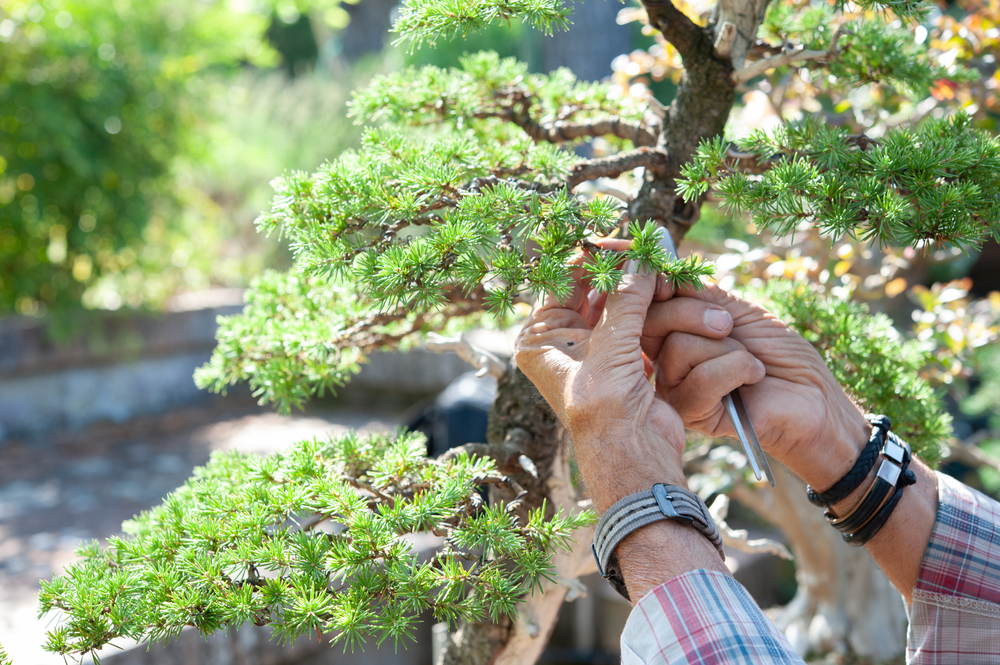
Tips for Post-Trimming Care and Maintenance
- Post-Trimming Care: Following the conclusion of tree trimming endeavors, allocate attention to post-trimming care and maintenance to nurture the tree’s vitality and promote regenerative growth. Delicately prune any damaged or diseased branches with precision, employing clean cuts to facilitate expedited healing and minimize the risk of infection. Implement a regimen of consistent watering to sustain optimal hydration levels, replenishing moisture reserves and fortifying the tree against environmental stressors. Apply organic mulch around the tree’s base to foster soil health and moisture retention, nurturing the conditions conducive to sustained growth and vitality.
Conclusion
In the tumultuous aftermath of a storm, the imperative of emergency tree trimming looms large, demanding a judicious blend of caution, preparedness, and procedural diligence. While the outlined steps offer a comprehensive framework for navigating emergency tree trimming endeavors, the complexity and scale of certain undertakings may warrant professional intervention. By prioritizing safety, meticulous planning, and judicious execution, you can navigate emergency tree trimming endeavors with confidence, safeguarding both property and personal well-being. Remember, in the realm of tree maintenance, vigilance and caution are the keystones of effective stewardship, ensuring the enduring vitality and resilience of your arboreal landscape.
Tree Trimming Richmond
(804) 533-3943
https://treetrimmingrichmond.com/

